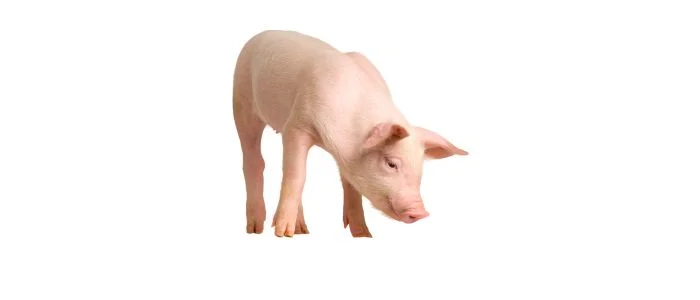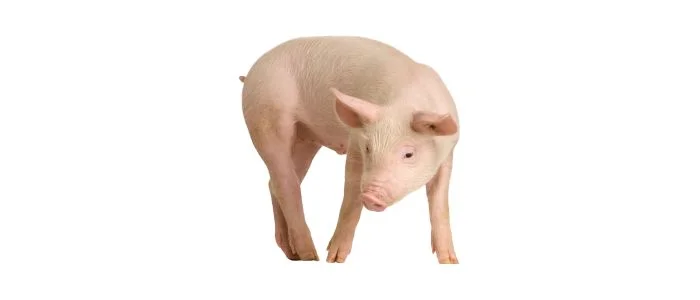This article provides detailed information about gilt pigs, including their definition, characteristics, and captivating facts. You will discover all the essential specialties that set these beauties apart from other pigs.
Click + to have a synopsis of the writing.
Visit for pet names for your mates.
What is a Gilt Pig?
The term refers to a young female swine that has not given birth to any piglets. They are female pigs who have not experienced their first birthing or farrowing cycle.
They typically reach this stage of development between the ages of five to eight months. This stage marks the transition from a sow piglet to a sexually mature breeding female. The sow represents a distinctive stage in the life cycle of female pigs.
Their age shows the exhibiting signs of sexual maturity, such as reaching puberty and developing the physical attributes necessary for breeding. These creatures have not yet experienced the stress and physical demands of pregnancy and farrowing, which distinguishes them from sows, the term used for female pigs that have already given birth.
Physically, these girl pigs showcase a combination of youthful energy and the maturing qualities of their breed. They are commonly in good health, have solid bodies, and exhibit breed-specific characteristics.
They are famous for their sizes, coat coloration, or distinct physical features particular to their lineage. Gilts are often bred for desirable genetic traits to pass on favorable characteristics to offspring.
These female pigs symbolize the transitional phase between piglet and sow. Their significance in agriculture lies in their potential for reproduction. They also play a vital role in maintaining and enhancing swine herds. These two qualities make them a vital component of sustainable farming practices and the future of pig breeding.
Gilt Pig Characteristics

They typically exhibit these specific characteristics:
Physical Characteristics:
- They possess a well-developed body structure, which is meaningful for their potential for future breeding and growth.
- Their coloration varies widely based on the breed. It often includes patterns of black, white, or spotted skins.
- They are generally smaller and lighter in size, build, and weight than mature sows.
Reproductive Traits:
- These pigs are considered prime for breeding. They have a high potential for successful pregnancies and reproduction.
- They are in the phase between adolescence and adulthood. At this stage, they are preparing for their first breeding cycle.
- Usually, they reach sexual maturity when they are around five to eight months old.
Behavioral Traits:
- They tend to be lively and more active. They love to explore their surroundings often.
- Swine of a golden hue are known to be highly social animals that tend to engage in a variety of interactions with other pigs in their group or herd.
Adaptability:
- The Pigs are famous for being highly adaptable animals. They possess the unique ability to adjust to varying environmental conditions and farming practices.
- These sows have the natural capacity to thrive in a range of environments, from hot and humid climates to cold and dry regions.
- They can hold significant genetic potential for breeding. These sows are selected based on desirable traits for future pig production.
- Their regular health checks and monitoring are crucial to ensure their readiness for breeding.
Gilt Pig Facts

- They reach puberty around 6 to 8 months of age. They are bred for the first time at this stage.
- Their estrous cycle or heat cycle generally occurs every 21 days. During this period, they are receptive to mating.
- When successfully bred, they carry their piglets for approximately 114 days (3 months, three weeks, and three days) before giving birth.
- They play a crucial role in breeding programs. Their contribution to the genetic diversity and improvement of swine herds is very appreciated.
- They are also valued for their meat. Their meat is known for its tenderness and flavor, which makes it desirable in various culinary preparations.
- Their meat and breeding potential make them economically valuable in the pork industry.
- They face a decline in population due to the dominance of commercial breeds. This decline leads to their classification as rare or endangered in certain regions.
- The purity of the pig genes faces a significant threat due to crossbreeding with other pig breeds. We need to make concerted conservation efforts to ensure their genetic lineage is preserved.
(Source)
You may like to read more about : Facts about Pigs
FAQs
The readers may find it interesting that around 2,411,944 barrows and piglets are used for quality meat per week in the USA. (USDA)

